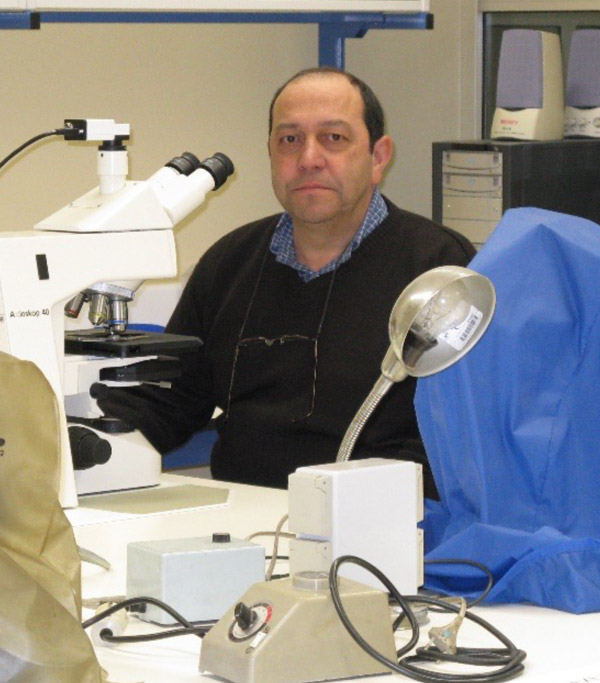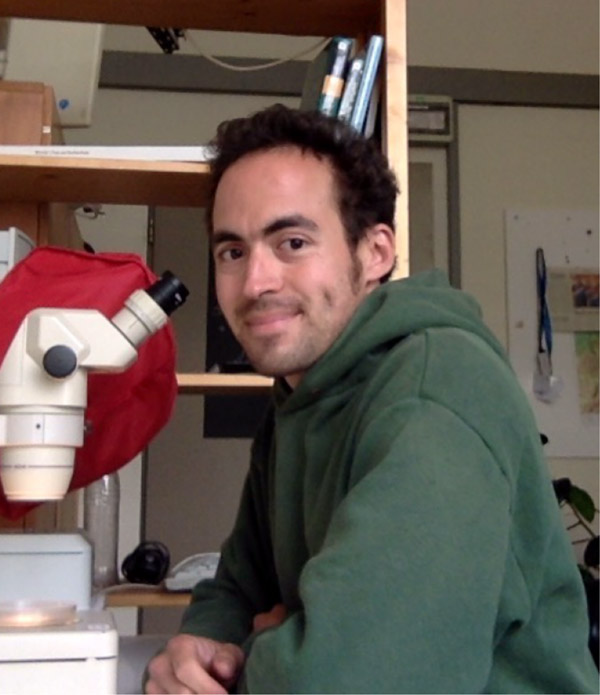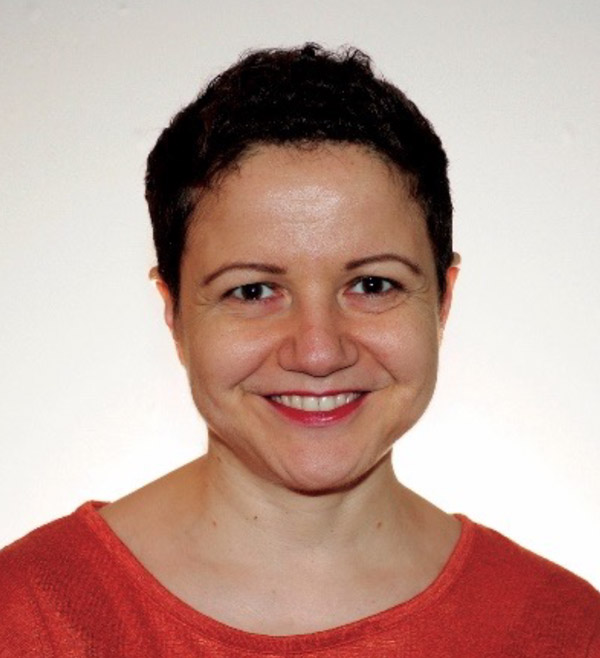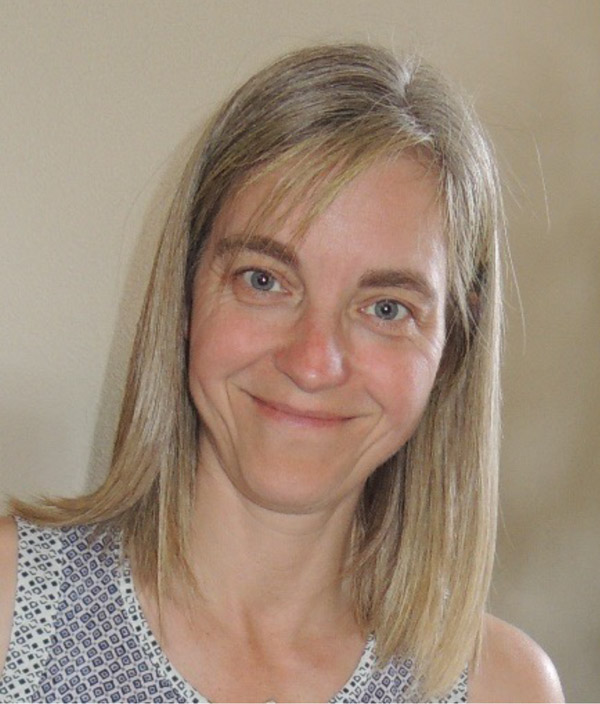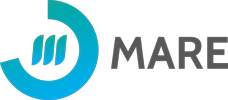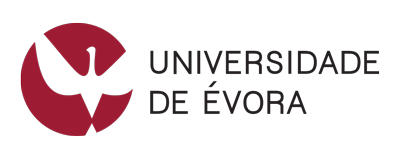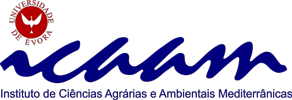Keynote Speakers Confirmed
Theme 1. Advances in taxonomy, phylogeny and biogeography.
Presentation: 14:15 - 15:00, Tuesday, July 9th
"Biodiversity of marine tardigrades: from intertidal to abyssal depths"
Professor Paulo Fontoura
Associate Professor at the Department of Biology, Faculty of Sciences, University of Porto, and researcher at MARE.
Paulo Fontoura is Associate Professor at the Department of Biology, Faculty of Sciences, University of Porto, and researcher at MARE, Marine and Environmental Sciences Centre. Teaching activities include several subjects with emphasis in Invertebrate Zoology. During the last years, his main research activities are focused on taxonomy and biogeography of the phylum Tardigrada, including both limnoterrestrial and marine forms. In the aim of his taxonomic research which includes mostly morphological data, more than 30 research papers were published, describing 29 new tardigrade species around the world, including the erection of two new genera.
Theme 2. Meiofauna biodiversity patterns and ecosystem interactions (including Freshwater, Estuarine Coastal and Ocean, Deep sea and Frontiers ecosystems)
Presentation: 08:45 - 9:30, Tuesday, July 9th
"An overview of the ecology of meiobenthos in freshwater ecosystems"
Dr Nabil Majdi
Bielefeld University
Nabil is a functional ecologist interested in the trophic interactions and the population dynamics of meiobenthos in freshwater ecosystems. He received his PhD in 2011 from the Université Paul Sabatier of Toulouse, France, and was a postdoctoral fellow of the Alexander von Humboldt foundation in the Universität Bielefeld, Germany.
Presentation: 09:30 - 10:15, Monday, July 8th
"Not just scratching the surface – Adding deep-sea meiofauna to the bigger picture"
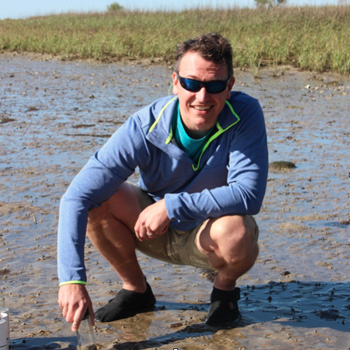
Dr Jeroen Ingels
Florida State University, Coastal and Marine Laboratory
Dr Ingels is a faculty member at the Florida State University, Coastal and Marine Laboratory. He received his Ph.D. at Ghent University in 2009, studying deep-sea ecology, and was a research fellow at the Plymouth Marine Laboratory and Exeter University, U.K. for several years before moving to the U.S.A. As a community ecologist, he studies benthic biodiversity and ecology, and ecosystem functioning and food webs in marine ecosystems, focusing on meiofauna, particularly nematodes. His research tries to create a better understanding of meiofauna biodiversity patterns and their drivers, the roles meiofauna play in sediments and on hard substrates, and how they may contribute to important marine functions that keep our oceans healthy. His work is often framed in studies that assess anthropogenic and climate-change impacts. He is currently involved in a number of projects in various locations, including the Atlantic and Pacific Ocean, Gulf of Mexico, and Antarctic deep-sea and coastal regions.
Theme 3. Meiofauna in a changing world: meiofauna response to natural and anthropogenic pressures.
Presentation: 08:45 - 09:30, Thursday, July 11th
"Quantifying the relative impacts of human activities on the coastal systems using free-living nematodes"
Dr Federica Semprucci
Università degli Studi di Urbino "Carlo Bo", Italy
Dr. Semprucci started working in 2001 on diversity and taxonomy of marine meiofauna and in particular of nematodes as a student at the University of Urbino (Italy). In 2007, she dissertated her PhD thesis entitled: "Innovative techniques for the evaluation of the ecological status of the marine sediments". Her post-doctoral projects at the University of Urbino focused on the use of nematodes as bio-indicators in the assessment of the ecological quality status of the marine ecosystems. She is involved in several research activities in Italy, Tunisia, Malaysia and South Korea, in which she applies meiofauna and nematodes as tools in the biomonitoring of marine coastal and brackish waters. Since 2005, she has been working also on taxonomy and ecology of the tropical meiofauna of Maldivian archipelago.
Theme 4. New methods for the generation of DNA signatures from marine nematode communities and their application in meiofauna ecology
Presentation: 14:15 - 15:00, Monday, July 8th
"New methods for the generation of DNA signatures from marine nematode communities and their application in meiofauna ecology"
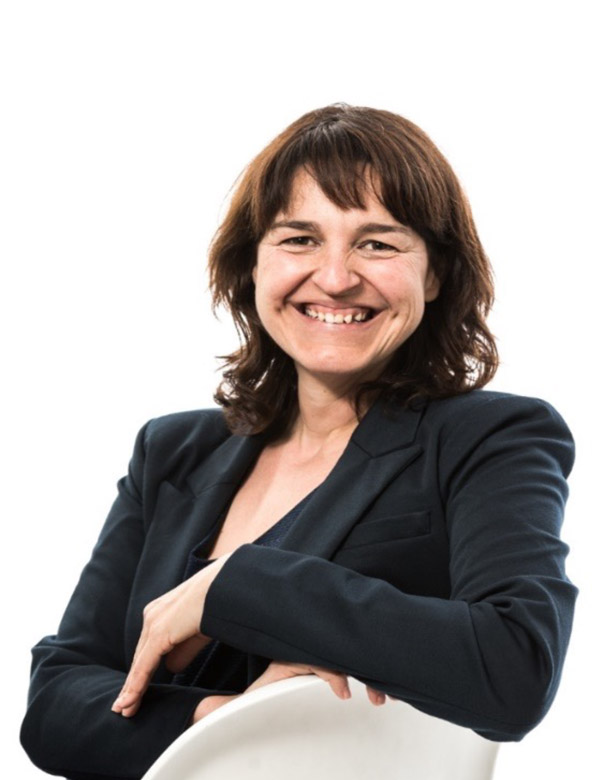
Dr Sofie Derycke
Senior researcher marine genomics lab, Institute for agriculture and fisheries (ILVO)
Sofie Derycke is a molecular ecologist working as senior scientist in the marine genomics group at ILVO. She uses and explores molecular tools to study the ecology and evolution of marine organisms, and is particularly interested in understanding how the environment (including human-induced pressures) shapes population genomic variation, community composition and organismal responses. Her toolbox contains DNA/RNA and NGS techniques such as GBS, metabarcoding, RNAseq and genome sequencing. She explores the potential of metabarcoding for species level identification of marine nematode communities in impacted environments by generating reliable reference databases, comparing different marker genes and bioinformatic pipelines and trying out new library preparation methods that are not biased by the primer set used. Her aim is to understand what metabarcoding data can and cannot learn us about community structure in free-living marine nematodes.
Theme 5. Meiofauna and Science communication to Society
Presentation: 08:45 - 09:30, Friday, July 12th
"Invisible allies: what can meiofauna tell us about a changing world?"
Dr Michaela Schratzberger
Science Leader of the Environment & Ecosystems Division, Cefas, Lowestoft, UK
Dr. Schratzberger has been working with meiofauna since 1992, initially as an undergraduate student at the University of Hamburg (Germany) and later as a PhD student at the Plymouth Marine Laboratory (UK) investigating the effects of disturbance on nematodes. She has subsequently been studying meiofauna in wider ecological contexts as post-doc at the University of Bangor (UK) and, since 1999, as senior ecologist at the Centre for Environment, Fisheries and Aquaculture Science (UK). Her current research involves multidisciplinary studies assessing the effects of environmental change on marine ecosystems. She is also a scientific advisor to the UK government on its national network of Marine Protected Areas.
Thematic Session: Concluding Remark
Presentation: 16:00 - 17:15, Wednesday, July 10th
"Quo Vadis, Meiobenthology? Reflections, Perspectives and Conclusions"
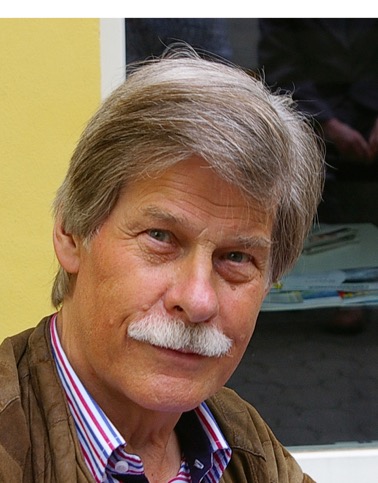
Prof. (em.) Dr. Olav Giere
Zoological Institute, University of Hamburg, Germany
The relevant role of meiofauna as mediators between ecosystem processes and their marginal
recognition among biologists and decision-makers has been discussed at the 16 th Meiofauna
Conference in Heraklion. This deplorable contrast, neither new nor justified, prompted me to
compile the recent meiobenthological literature and put those aspects into the focus that are
considered 'future-relevant'.
Basing on my recent treatise on “Perspectives in Meiobenthology” (Giere 2019, in press),
those directions are outlined that could bring our research closer to the mainstream, could find
notice in general benthology and access to the top-ranked scientific, perhaps even to public
media. My focus is on publications from five main fields of future scientific or even societal
potential:
Fields of general importance and public interest;
- Pollution and meiofauna – old topics, new hazards;
- Future trends in ecological meiobenthos research;
- Physiology, biochemistry and meiofauna – a rarely touched terrain;
- Towards an integrated triad: Taxonomy, morphology and phylogeny.
Here, only general aspects can be outlined, but the conclusions presented have one underlying
basis: Concern about the relevance of future meiobenthology in the plethora of competing
contributions. My appeal for a future successful research strategy underlined far-reaching co-
operations using the potential of new technologies. And it is based on the conviction that
future meiobenthology attains a great potential.
